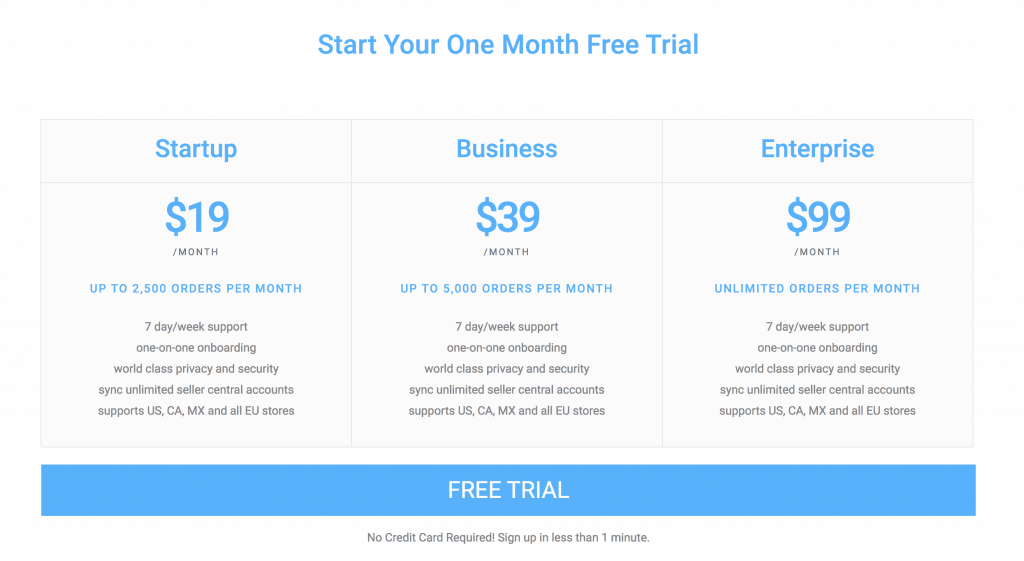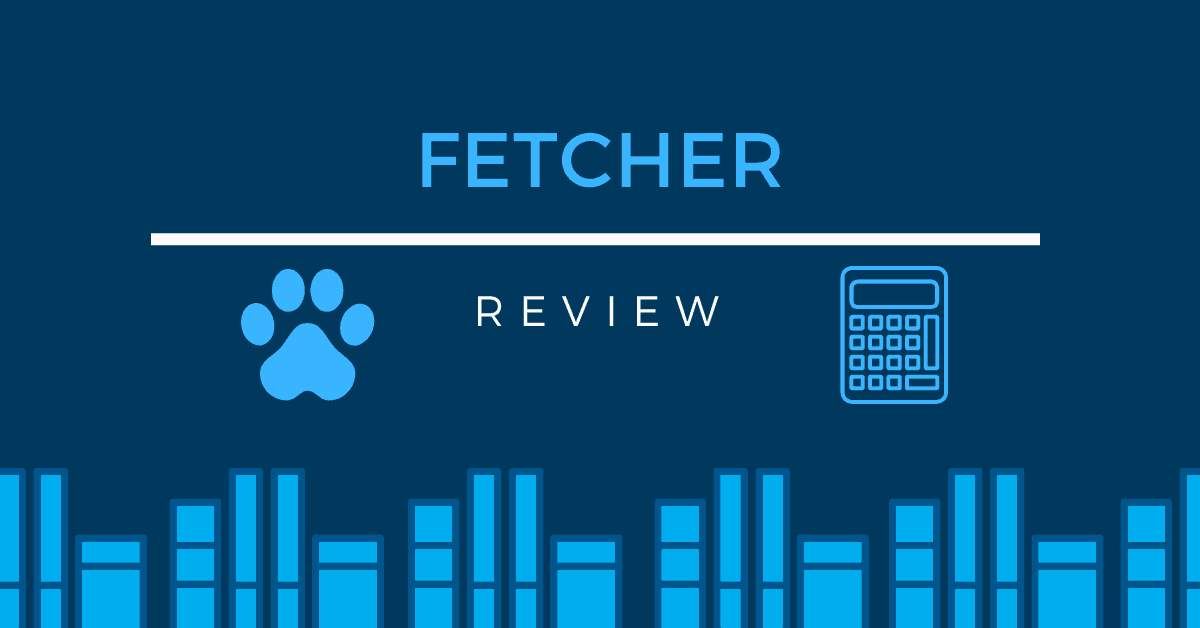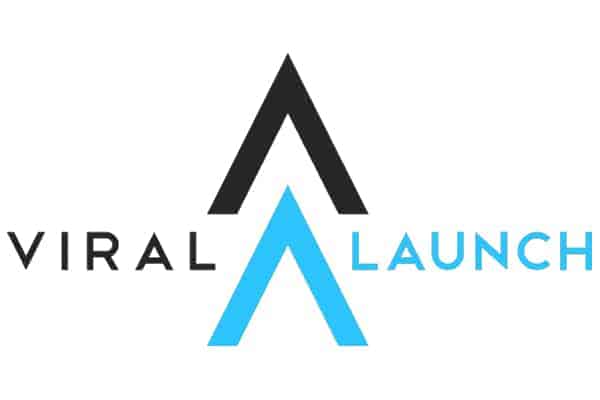Update: Fetcher has been discontinued and the software has been merged into Jungle Scouts all in one software suite.
A creative and successful business is nothing if the owner does not understand the financial state of the company. Amazon businesses are a hub for creativity and marketing but sellers do not choose to start a business for the joy of tracking and understanding staggering data. Fetcher steps in to help Amazon businesses by performing those financial functions and then breaking it down into digestible reports.
Fetcher was created by Amazon users for Amazon businesses – so it touts an innate understanding of what Amazon users need. Understanding the resource is the first step to deciding if Fetcher is what you need. Dive into this review and see if Fetcher is the move for you.
What Is Fetcher?
Fetcher is a newcomer making a splash in accounting software for Amazon sellers. Fetcher syncs to your Amazon account, runs the calculations, and reports your financial metrics. It allows your business to manage accounting and data from a central resource. It helps you to gauge the health of your business with straight forward reporting and easy to understand financial analytics. The software is designed to manage data, perform profit calculations, and more.

In doing this, the goal of Fetcher is to alleviate the stress of tackling data, centralize information, and help in making crucial business decisions. It can also help save time and effort from a seller who does not thrive with finances.
Metrics
When using the Fetcher dashboard, Amazon sellers will see the most crucial metrics with accuracy and efficiency. The site runs synchronized calculations every 5 minutes and pulls the following information:
- Profit and Sales showing all data related to listings in a table and graph breakdown which can be further differentiated using the time range option.
- Expenses tracked to included product costs, shipping, and other expenses
- Refunds to track return rates and returns
- Product breakdown to track statistics on each individual product
- Profit and Loss Statement to differentiate between revenue and expenses
- Revenue data including sales, reimbursements, promos, and refunds
- Expense data to document order fees, inbound shipping, recurring fees, cost of goods, and more
Data to Act On
Understanding Fetcher also means knowing how you can act on and use the data being provided to you. Action items that you can expect from this software tool include:
- Pay Per Click cost and sales analysis
- Amazon fees tracked and reported
- Product breakdown
- Promotion tracking and results
- Refund tracking with cost and comparison
- Cost of Goods Sold calculated and tracked
- Inventory dashboard
- Daily sales and profit report
- Professional level profit and sales statement
These action items will spur your business forward by allowing you to make informed decisions with the power of data behind you. Centralizing this information on the Fetcher dashboard just helps the process.
What Can I Expect When Using Fetcher?
This software is meant to be a tool to ease the workload of Amazon sellers by performing the financial calculations for you. If you use Fetcher, you can expect to:
- Receive accurate metric reports
- Save time normally spent on performing financial tasks
- Increase business sales
Pros
- Easy to understand graphs showing sales and growth
- Ability to silo data to certain time frames to observe daily, weekly, or monthly changes
- Today’s profit is easily visible on the dashboard
- Takes into account additional fees such as Amazon fees, storage fees, labeling fees, and disposal fees
Cons
- Does not combine data across marketplaces (I.e. if you have a store in the US and Canada, you have to view them separately)
- Inventory widget shows the first three words of product title which can make it hard to differentiate products
- Does not account for sales tax
- Time frame options limited to the past calendar year
Features of Fetcher
Accurate data reported in real-time
Fetcher syncs every five minutes with Amazon sales. This allows you to see real-time data update continuously throughout the day. Accurate reports allow you to track a product launch, observe a promotion, or see sales trends in real-time. Additionally, Fetcher provides more data and information than Amazon’s Seller Central. This tool factors I product costs, promos, fees, and PPC – all valuable metrics to be used in business making decisions.
Easy and quick configuration
Fetcher connects with the Seller Central in Amazon to communicate data across the two systems. This allows you to transfer data automatically without additional work on your end. Understanding the metrics on the dashboard is also simple. Every tool has a hover feature that gives you the definition of exactly what you are looking at. You do not need a finance degree to understand the metrics being reported here.
Security and privacy for data integrity
The dashboard and tools are encrypted with OpenSSL AES, which you can also find in banks and other high-security entities. Knowing your data is protected increases peace of mind as you open up your business data to Fetcher. The integrity of data is also maintained because there is no chance of interference from outside entities.
Product Analysis
The daily reports, inventory tracking, and more help you to identify what is selling and what is not. This allows you to refocus your efforts so you can spend your energy wisely as you choose what to restock, what to market, and more. This will ultimately help you grow your business and sell more products.
Time Back
If you are not a financial whizz, you may be spending an extraneous amount of time tracking all of this information on your own. A great feature of Fetcher is just getting your valuable time back. Stop spending time in Seller Central and digging through excel! Instead, use the Fetcher dashboard, profit, and loss statements, and product breakdown reports to save time and energy. Fetcher users save an estimated fourteen hours per month when they start using the product.
What’s the Price of Fetcher?
The cost of Fletcher varies across different types of subscription plans. Each plan has a one-month free trial to start with and no credit card required for the trial. The plans range from $19 to $99 per month and the cost varies based on the number of orders you have per month. The plans are:
- Startup: Available at $19 per month, this plan covers up to 2,500 orders per month. It syncs to an unlimited number of seller accounts with 7 day/week of support.
- Business: Available at $39 per month, this plan covers up to 5,000 orders month. It comes with one-on-one onboarding and supports stores across the U.S., Canada, Mexico, and Europe.
- Enterprise: Available at $99 per month, this plan allows for unlimited orders per month. It comes with world-class security and privacy as well as the ability to sync unlimited accounts.

Fetcher Alternatives
Is Fetcher Worth It?
Overall, understanding the financial health of a business helps you to make informed decisions so you can grow, sunset products, expand inventory, and just generally make financially savvy decisions. By utilizing Fetcher, Amazon sellers can do just this without the hassle of staring at an Excel sheet all day or running the risk of simple mathematical mistakes.
In short – yes, Fetcher is worth it.
Final Thoughts
Explore the features of Fetcher to see how this tool can make you a savvy seller when it comes to understanding financial metrics and your business. This tool helps businesses see where they can sell more products, identify weak points, and more.
If you need to free up working hours, banish messy excel sheets, and centralize seller information, seek out Fetcher. This tool is groundbreaking and sure to go far in helping users manage their data. We hope our Fetcher review has helped you understand more about this tool and has helped you make a decision on whether to use it!





